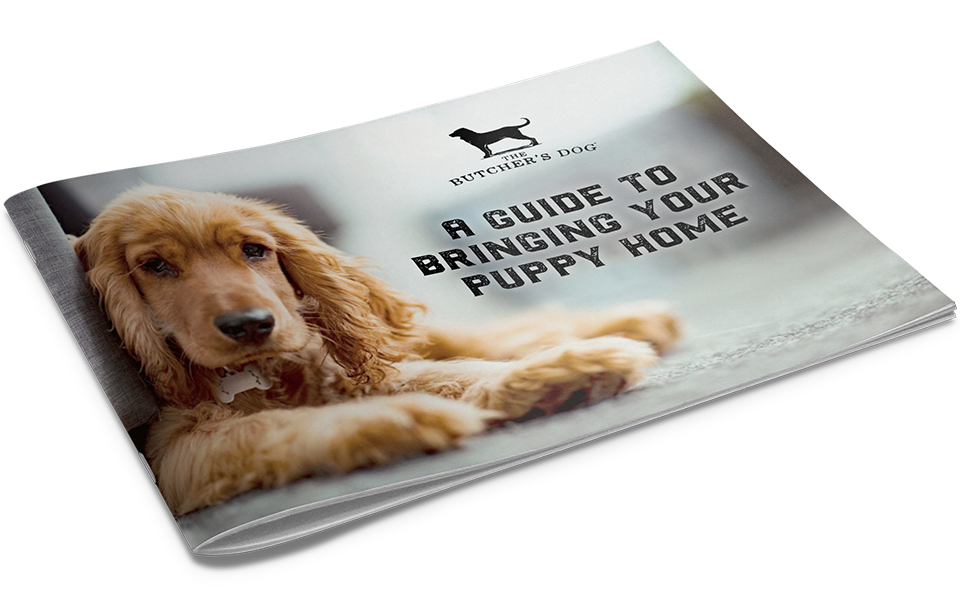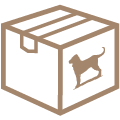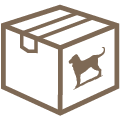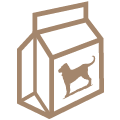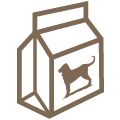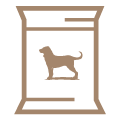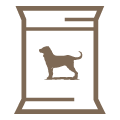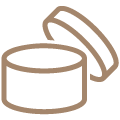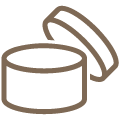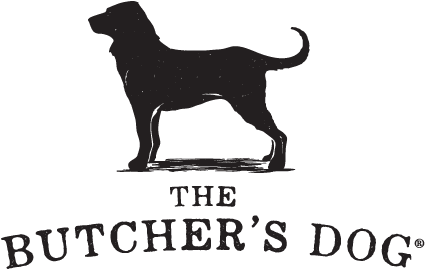
YOUR PUPPY HOME
Written by
Pet Nutritionist
Training Tips by
Dog Trainer and Educator
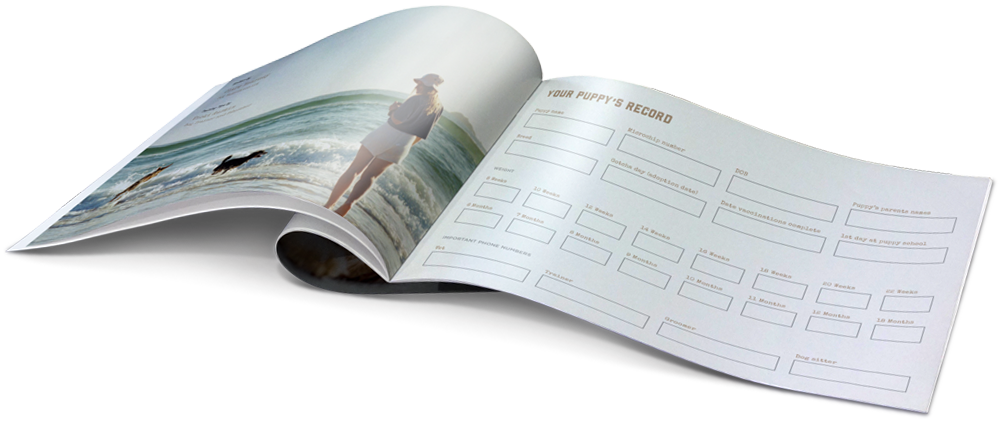


The day you’ve been waiting weeks, months, maybe even years for. The day your puppy comes home.
The tiny, adorable little bundle of fluff that is going to be your best friend for the next 15 odd years. It’s an important day and there are some important things you need to consider.
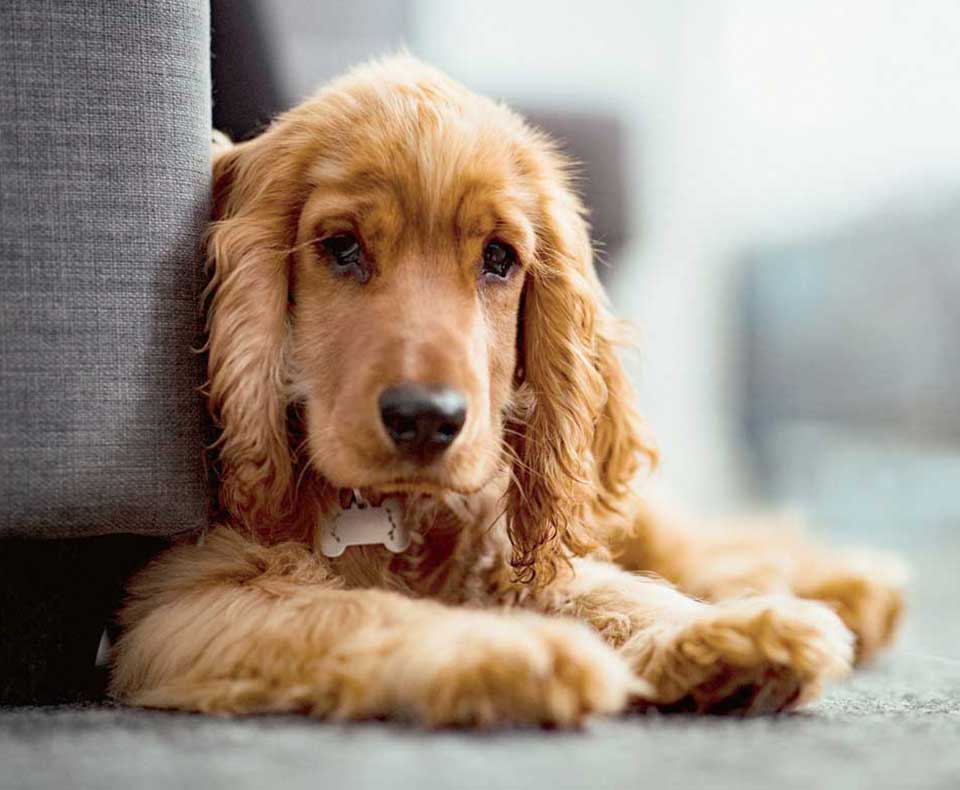

A dog’s sense of smell is—thought to be 10,000 - 100,000 times more powerful than ours! Bringing a blanket from their new bed and rubbing it on their Mum to get some of her smell on it may help them settle, and bring a little bit of familiarity with them to their new life.
Giving your puppy a comfortable, designated safe space of their own is important to help them settle into a new home.
Make sure you have bought them at least two beds before you pick them up; one for their sleeping area, and one for the living space. Teaching an “on your bed” command from early days is something I promise you won’t regret.
Bring a blanket to rub on mum when you collect your puppy. 2 beds work best - One for their sleeping area and one for the living space
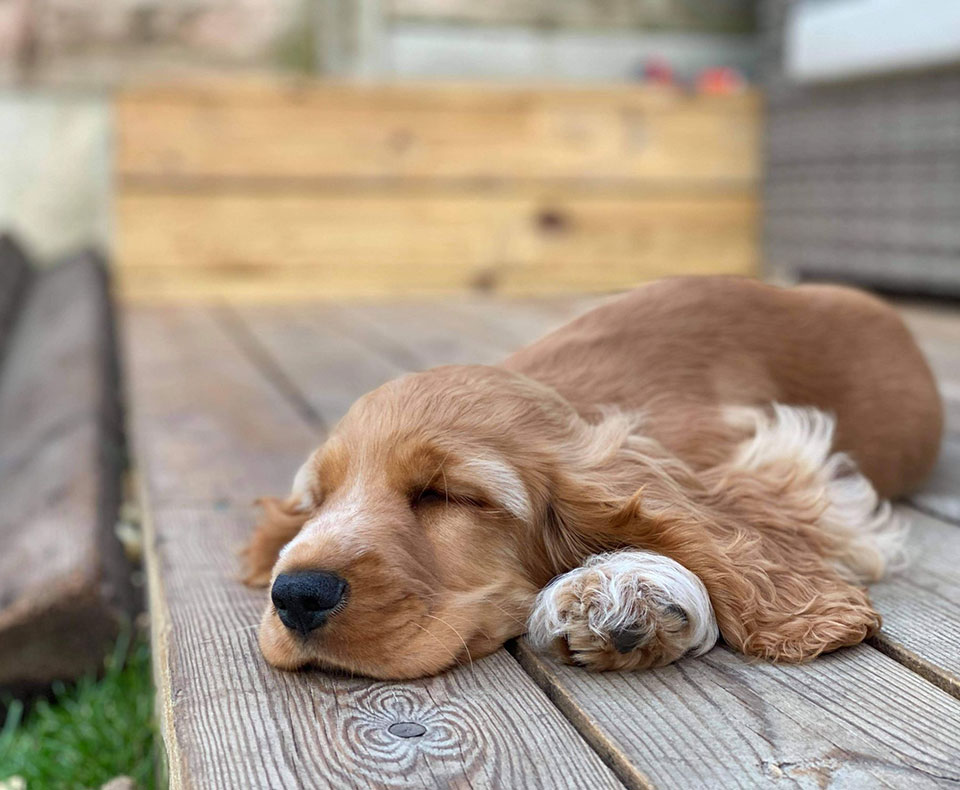

You are going to need to clear your schedule. A puppy needs around the clock care when they are very young, and you will need to feed them up to four times a day, and let them out to the toilet through the day & night.
Puppies need a huge amount of food for their body size and, because their tummies are so tiny, it needs to be spaced out into lots of small meals.
We also need to make sure they have access to clean water at all times, the water is somewhere they have easy access to and don’t need to go looking for. Wash the water bowl every day in hot soapy water and refill regularly. Many dogs prefer chilled filtered water especially if your tap water has a strong chlorine smell.
Make time, puppies require a lot of care. Puppies need 2-3 times more food than an adult dog. Small frequent meals for puppies’ small tummies.
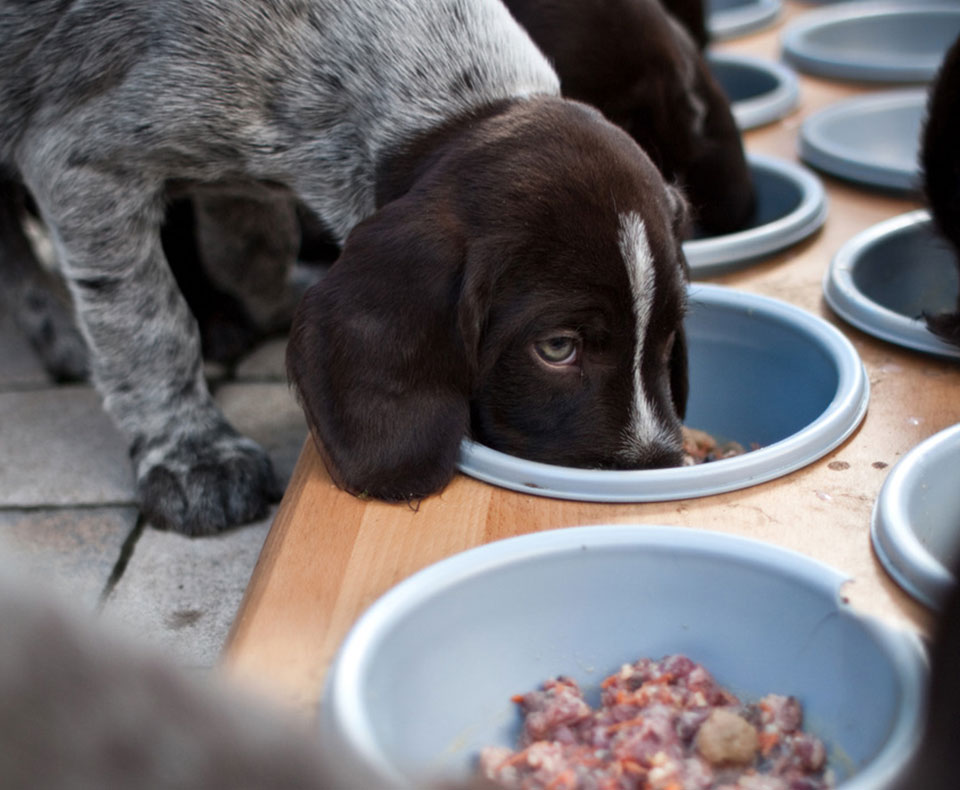

Young puppies have tiny tummies & need to be fed more frequently than adult dogs —ideally four but at least three meals per day.
There will be other periods of comfortably eating the same amount for several weeks. This will last through the first 12 months so it does require you to monitor their physique, weight, portions and hunger. You also need to factor treats into their daily food allowance, especially during periods of intense training.
Meals can be an enrichment tool to exercise little puppy brains with the use of puzzle feeders.
Puppies have growth spurts when you will need to update their portions in line with their growth. Weigh your pup weekly
Weigh your pup weekly. Puppies have regular growth spurts when you will need to update their portions in line with their growth.
When starting your puppy on raw meals we recommend feeding the Puppy Love, Turkey+Veg and Sunday Supper for the first couple of weeks. These are milder flavours. Mixing the Beef Heart + Liver together with the Turkey or Chicken variety helps to avoid any tummy upsets.
These are milder flavours. Mixing the Beef Heart + Liver together with the Turkey or Chicken variety helps to avoid any tummy upsets.
FOOD CALCULATOR
WE RECOMMEND




































































































































GUIDE ONLY: Food requirements of your dog taper as they reach maturity. Intake also depends on activity level and breed.
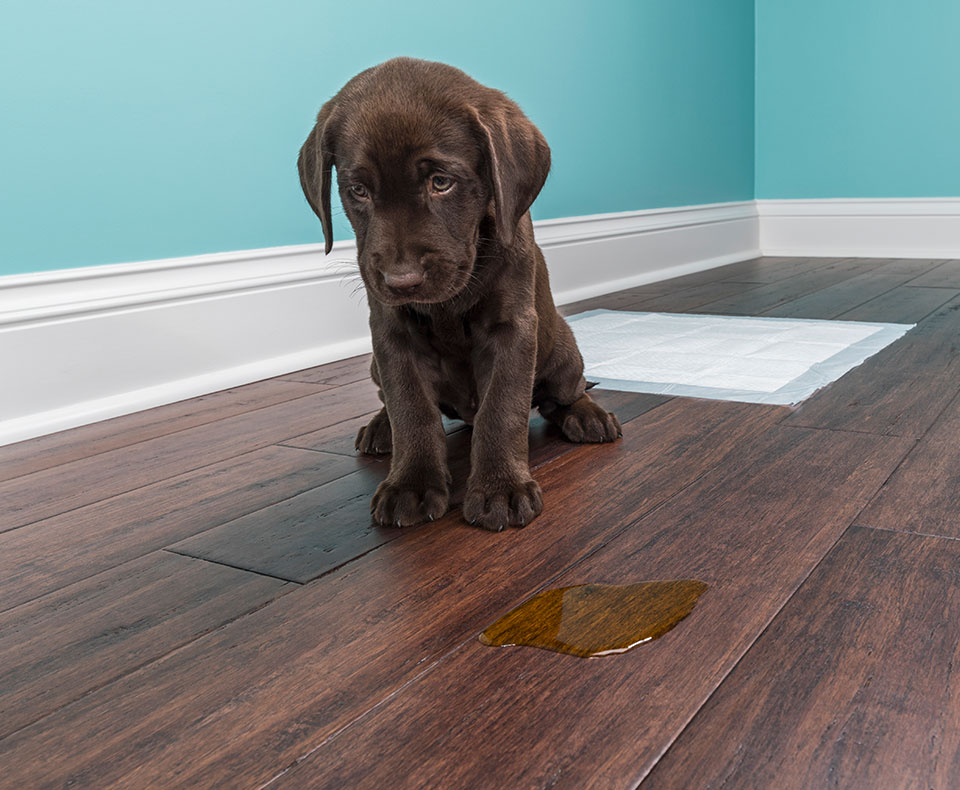

When puppy arrives at your home, spend the bulk of your time in the garden to ensure puppy becomes comfortable to toilet there. Puppies that spend all their time indoors might consider the outdoor spaces to be off-territory.
I am not a fan of puppy pads because they allow your pup to practise toileting inside. A clear “toilet” or “hurry-up” instruction in the area nominated for toileting, followed by food treats on completion, will result in the puppy learning to go on cue.
Raw fed puppies also have a much smaller poop as there are no filler ingredients.
Always praise and deliver food treats for toileting outdoors – you’d be amazed at how much quicker toilet training success will be achieved by using food treats, rather than praise alone.
When you do head indoors, take the puppy out for a toilet opportunity every 30 minutes until you become familiar with your puppy’s toileting patterns.
Try not to growl at your puppy for accidents, and never rub their nose in it. They go because ‘accidents’ doesn’t seem to teach them that the location of the deed is the problem – they seem they need to, and all you will teach them by doing this is to be afraid of you. Scolding for indoor to believe that toileting generally, will be punished. Then you’ll experience the frustration of watching a puppy cross their legs and hold-on when you’re watching (outdoors), only to go once you’re not watching (indoors).
Raw fed puppies drink less water than kibble fed puppies because of the natural moisture content in real food. This means they don’t need to pee as often either.
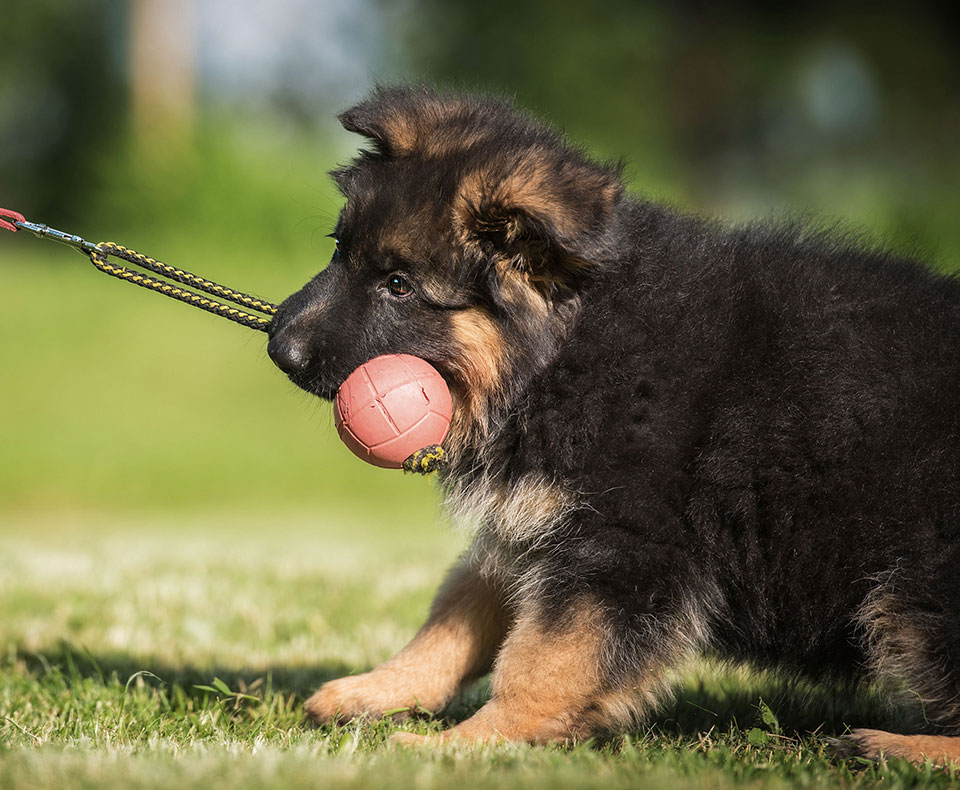

Have a bowl of water, a few toys and a cosy bed ready in the backyard for puppy’s arrival at your home. Spend alot of time in the garden, particularly in the first week minimise time spent inside the home. This way puppy will become comfortable toileting outside. Puppies often dont like to toilet off-territory. If they spend the large majority of their time indoors, the backyard might seem like off-territory and they will cross their legs and hold on until they are back home on the rug. The backyard should become a fun place the dog can relax without feeling stressed or abandoned there.
From the moment you bring your puppy home encourage them to play tug with soft toys and rags. Engage your acting skills: you’ll need to be gentle with those baby teeth while letting them win, without them knowing you let them win! Allow them to take the toy away from you to discover that it’s pretty boring without you holding the other end. You might have to wait patiently for a little while until they move back towards you to get you to play again. Before long,you’ll be able to toss the toy away mid-game and the puppy will chase it and bring it back to get you to play tug again. You now have a retrieve.
Baby puppies are vulnerable and they know it; they want to stay close to their known family members when away from the home. Take the puppy to a location where it is safe for them to be off-lead. The perfect spot would be well away from cars and preferably have no other people or dogs around. Bush fire trails are my favourite place for this activity. Unclip puppy’s lead and walk briskly away without encouraging them to follow you – they will! Beware, once the puppy is very familiar with the location their need to be with you will reduce. Also, adolescence will see them moving further afield – time to use a lead or long-line until their recall is reliable.
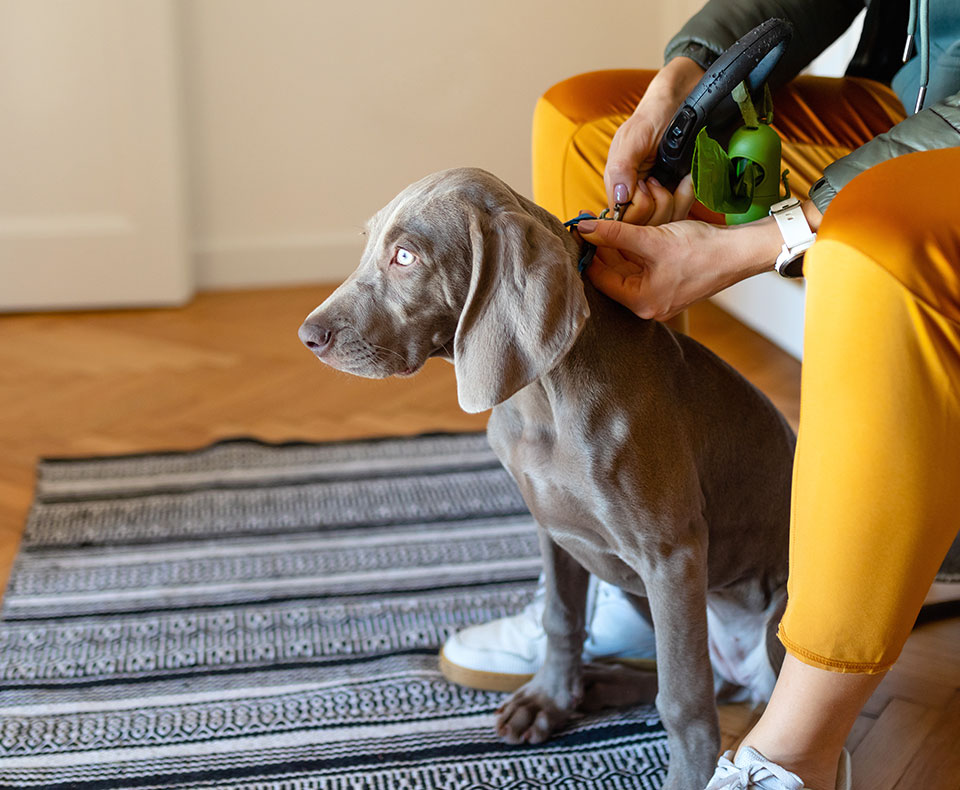

Puppies should only be exercised for very short periods when they are very young, otherwise, it may impede their bone and muscle development. This is especially the case for large breed puppies.
A common guide of how long to exercise your puppy for is five minutes per month of age, twice a day.
This means an 8-week old puppy would go for two ten-minute walks in a day. This doesn’t mean you shouldn’t engage your puppy in other ways for longer periods of time, and it’s important they have plenty of toys and mental stimulation in addition to short walks and active play. Be careful not to over-exercise very young puppies. Rest is also important.
Playing with toys and providing mental stimulation like a raw bone to chew also tires them out.


Sleep is vital for growing puppies. They require 18-20 hours sleep a day – many short naps as well as solid blocks of sleep, such as overnight. Good quality sleep is necessary for the development of the central nervous system, brain, immune system and muscles as well as help them process all the new experiences and learning they are undergoing.
Remember puppies are just like new babies. The amount of sleep required far outweighs activity time. Ensure there is a quiet place, such as their bed underneath your desk or an open crate in the living area, where they can rest undisturbed. Make it a family rule that nobody approaches when puppy has chosen to go to bed.
Puppies need to go into a deep sleep (REM) in order to gain the full benefit of sleep. Resist touching or prodding no matter how cute they are! We know it’s tempting!
Overly tired puppies can become grumpy and irritable, practising poor behaviour. Puppies will often fight sleep in order to remain in the presence of other family members. Utilising a crate to remove puppy from the action can be a successful means of insisting on a nap. Positioning the crate in the most social area of the home will ensure puppy feels safe and also becomes habituated to sleeping through the usual household noises.
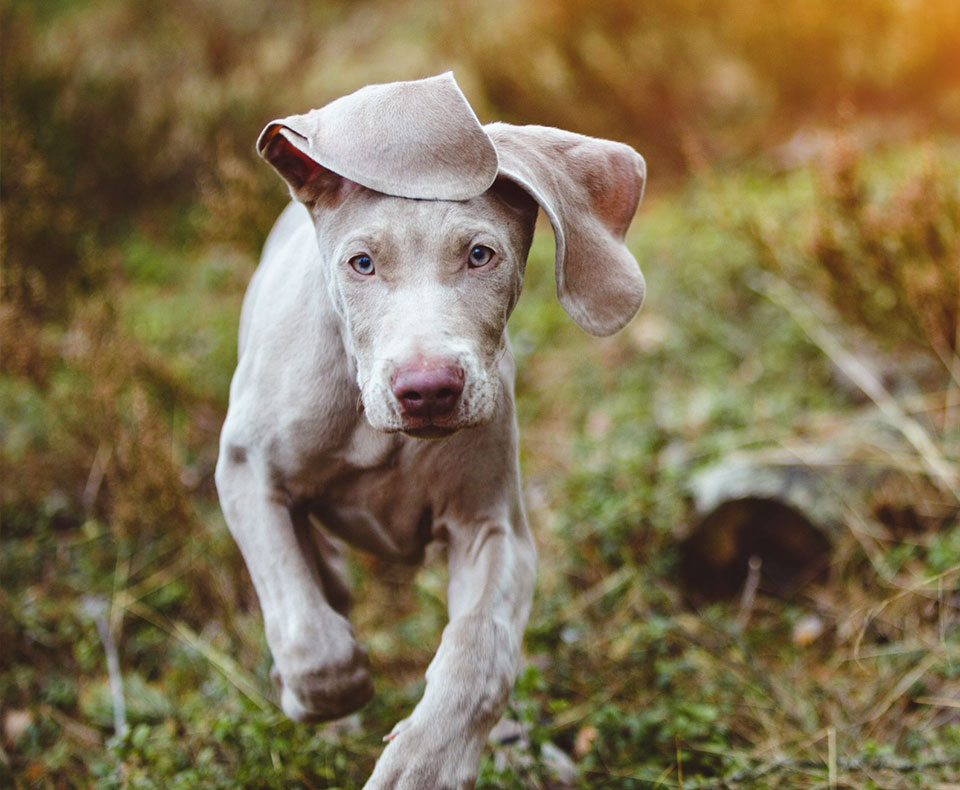

The reason there is debate over whether we should socialise our puppies before they are fully protected via a vaccine schedule, and not just wrap them up in cotton wool in the safety of our home until they’re 16 weeks old, is a little thing called a critical socialisation window. It is thought that this period lasts until your puppy is 14 or maybe 16 weeks old at most, and it is arguably the most important period in their mental and emotional development.
Puppies that are well socialised during this period have it imprinted upon their little spongy brains that the world is a safe, happy place to be. After this period, they are more likely to become suspicious and fearful of new and unknown stimuli, which can result in fearful behaviours that may present as anxious, not-confident pets, and sometimes even fear aggression. We don’t want that! We want safely, well socialised puppies that grow into confident and happy dogs. Exposing them to different places, textures and sounds is essential, and it’s perfectly safe to do this in a controlled way and with other dogs you know have been vaccinated.
Critical socialisation developmental period is before 16 weeks. Wrapping puppies in cotton woolcan create fearful dogs.
Consider allowing your puppy to socialise with vaccinated dogs and experience the outside world.
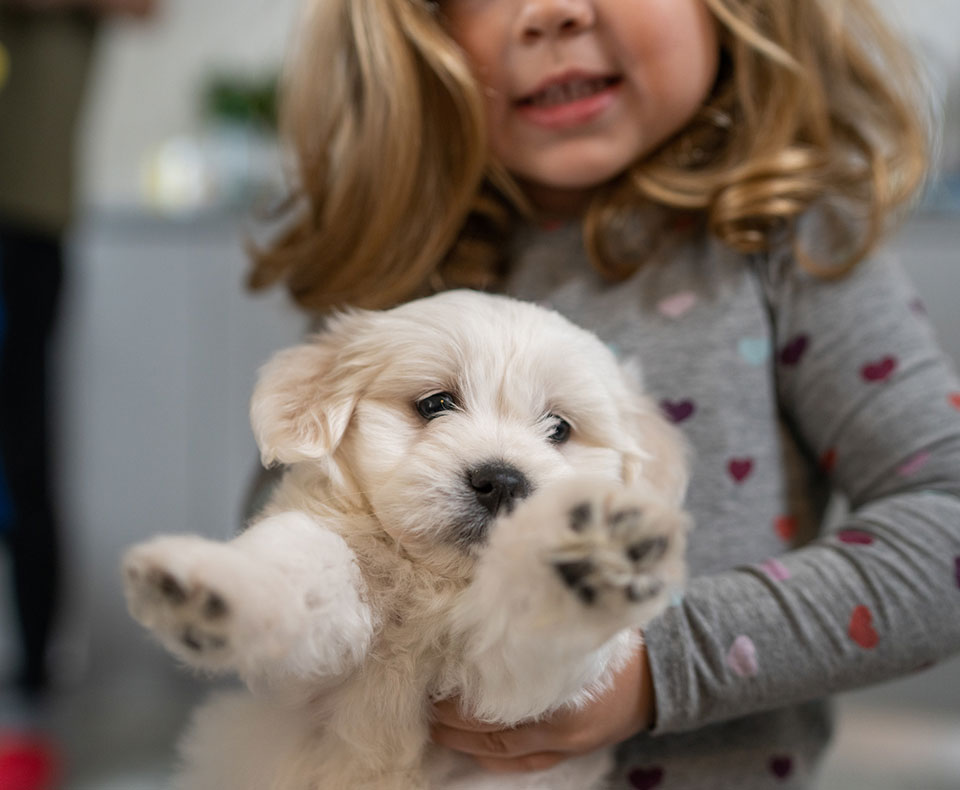

human kids
The fear window is a period that is said to be most evident between 8 to around 11 weeks, when your puppy may seem to be afraid of everything. It’s important during this period that they ideally don’t experience any traumatic events, as these could leave a life long imprint on your dog. Given that this period usually coincides with bringing your puppy into your home, it’s good to have a plan for introducing your puppy to your human kids.
- Have your children sit quietly and calmly, allowing your puppy to approach your kidswhen they are ready (not the other way around).
- Encourage children to speak softly and only pat the puppy gently, when he or she iscomfortable with it. No squeezing or squealing with excitement.
- Never allow children to poke or chase a puppy, and always allow them to rest and sleepwhen they need it.
- Puppies should never be left alone with young children.
Supervise and teach children how to approach puppies. Allow puppies to have quiet,undisturbed rest away from children.
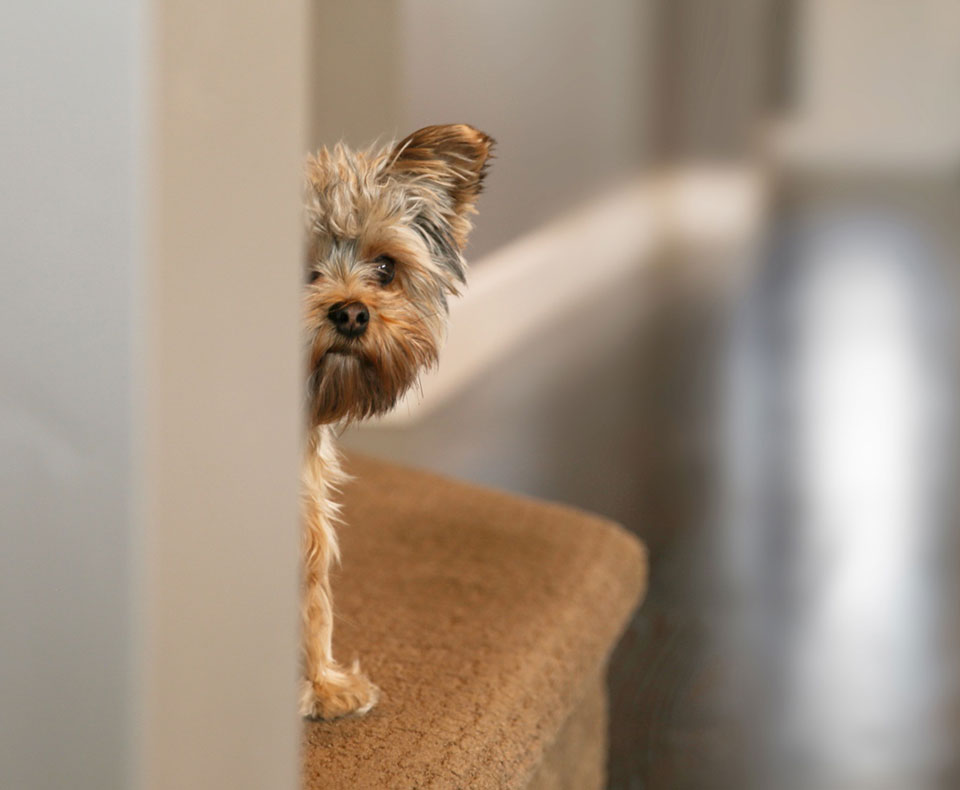

It’s not appropriate to leave a young puppy alone all day, every day from a young age. Dogs are social animals and this may well lead to them becoming lonely, destructive or anxious. If your schedule requires this, doggy daycare or dog walker is a good option to keep your puppy safe and engaged while you are out. It’s important to find a balance in creating independence and resilience in your dog. Make sure your puppy always has access to a warm, dry area with a bed and freshwater, that there are no hazards in your house or garden and they can’t escape.
When you do have to step out briefly, leave the puppy in the familiar puppy pen with bedding, water and chew toys, set-up in the most social room of the home.
It is not appropriate to leave puppies at home all day from a young age. Start by leaving them for an hour at a time.
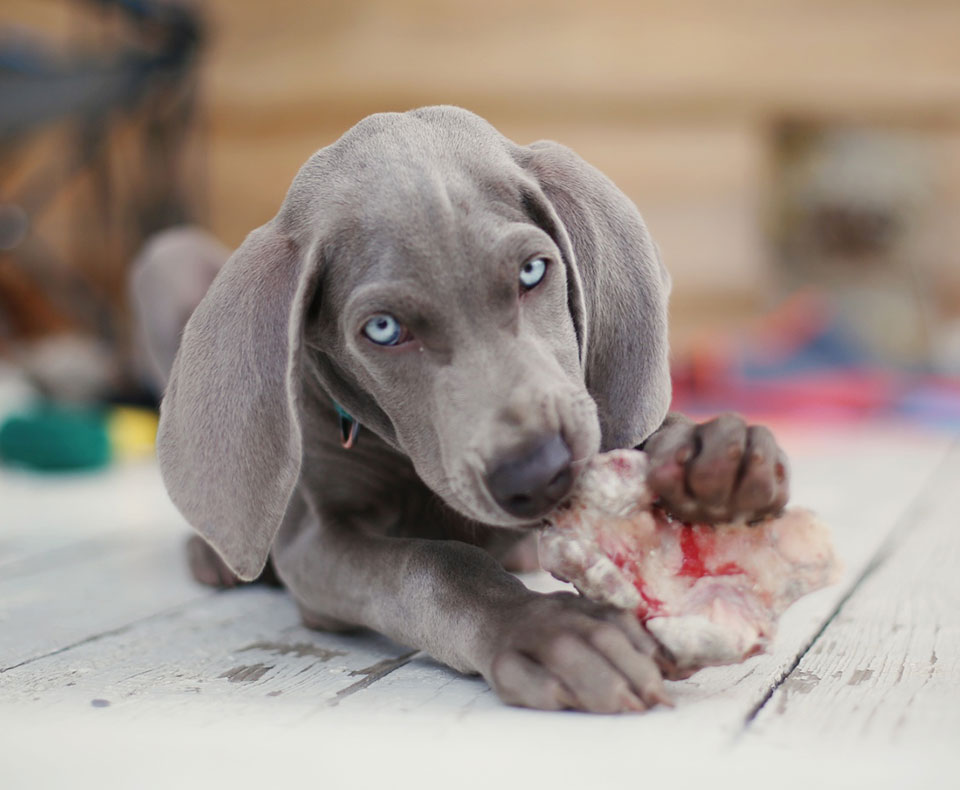

Puppy biting, and mouthing is possibly one of the most challenging behaviours you’ll encounter and it lasts until they are around 6 months old.
Trying to prevent this behaviour is pointless. Puppies literally discover the world with their mouths. Biting and mouthing is their way of experiencing new things—and everything is new to a puppy! Rather than stamping the behaviour out, find ways to redirect it to more desirable targets, like toys, teething rings and treats. Giving them little meaty bones will strengthen their jaws and, while this may seem counterintuitive when you’re being bitten day and night, it will also mentally stimulate them, making for calm and content puppies.
When puppy is attempting to ask you to play by biting you or your clothing; ask them to find their “tug-tug”. Puppy will learn that the most successful means of engaging you in a game is to offer the toy.
Puppy biting and mouthing requires redirecting. Feed appropriate bones to puppies as a diversion and as mental stimulation. Start with chicken necks, wings or lamb ribs.
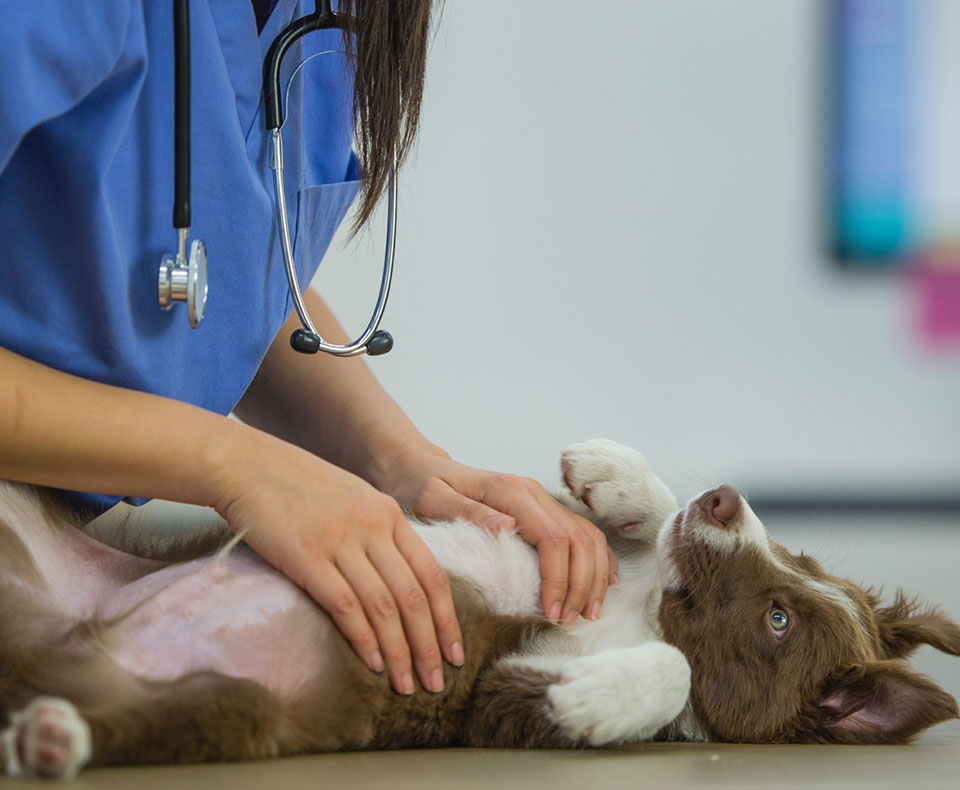

Choosing a vet is an important decision and it can be overwhelming. It’s important that you fully trust your vet, but also that they respect your wishes where appropriate. Like human GPs, some vets are very traditional, whereas others are more open to “alternative” approaches - although you probably wouldn’t consider feeding fresh food as an alternative.
DIET:Some vets advocate for a processed dry food diet and do not support a fresh food diet. If you are a new dog owner and have chosen to feed a fresh diet, it may be quite surprising if your vet advises against it. Rest assured there are vets who will respect and support your choice to feed a carefully formulated fresh food diet.
VACCINES:These vets are also more likely to support a more flexible vaccine schedule or even offer titre testing. Titre testing is a method that checks your dog’s protection against the diseases they have been vaccinated against, so you only need to revaccinate when their immunity has fully waned. Some vaccines are thought to offer protection for up to seven years, meaning your dog may only need to be vaccinated twice in their life, rather than every single year!
WORMING:Do keep up with worming treatments, puppies need to be wormed regularly when they’re young.
TICK + FLEA TREATMENTS:Strong chemicals that are applied directly onto your dog’s skin or taken internally. These chemicals have been linked to seizures and adverse reactions so they are not without risk. The truth is a healthy dog is unlikely to pick up fleas, a strong immune system keeps them at bay. Use these treatments with caution.
Look for an Integrative and Holistic vet in your area, and select someone who is focused on treating the underlying cause of any ailments, rather than medicating the symptoms. Vets have an incredibly hard job, so whichever path you choose, always be respectful and kind to your pet’s healthcare provider.
The time and effort you put into your puppy will be reflected in your relationship with them, and their behaviour as adult dogs. I hope some of these tips have been helpful to guide you through the many responsibilities and decisions involved in bringing a new puppy into your home. Try not to get overwhelmed, and take plenty of time to breathe in that puppy smell before it’s gone forever.
- Choose a vet that supports your choices
- Puppies need to be wormed regularly
- Do your own research
Suggested reading;
- Feeding Dogs by Dr Connor Brady
- The For Ever Dog by Rodney Habib + Dr Karen Becker
All-natural pet products designed to support your dog’s health inside and out. Imported from Canada.
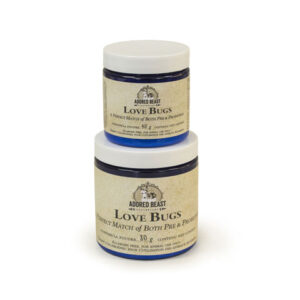
Love Bugs 80gm
$129.958 in stock
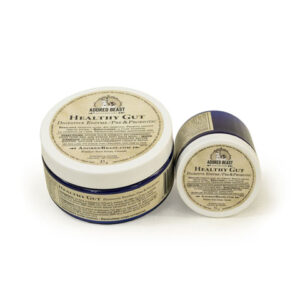
Healthy Gut 83gm
$125.95 — available on subscription16 in stock
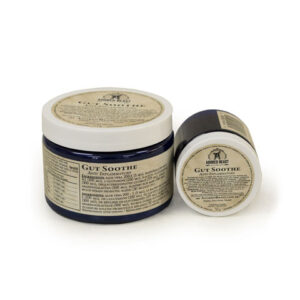
Gut Soothe 153gm
$129.95 — available on subscription13 in stock
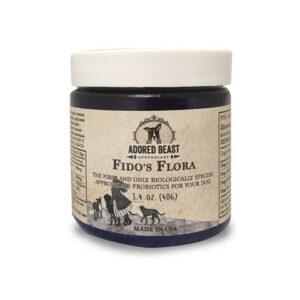
Fido’s Flora 40 g
$99.95 — available on subscription2 in stock
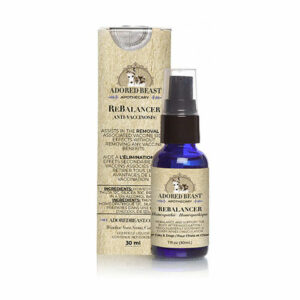
Rebalancer
$39.95 — available on subscription1 in stock
-
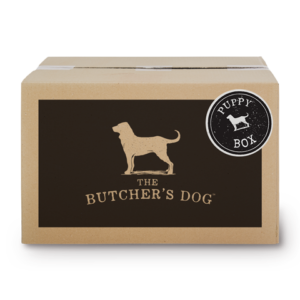
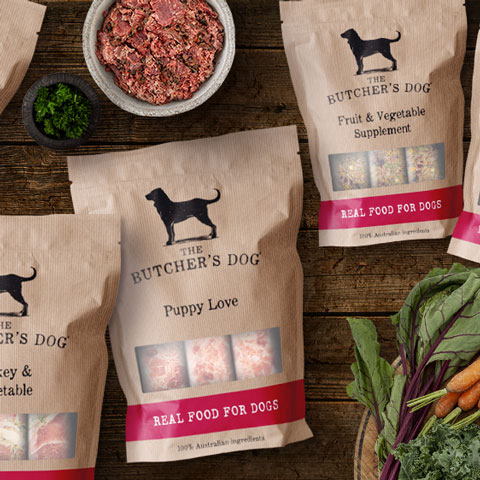
Puppy Box
$149.95 — or subscribe and save 7.5%Take your puppy straight home to a healthy raw diet.

Puppy Box
35 in stock
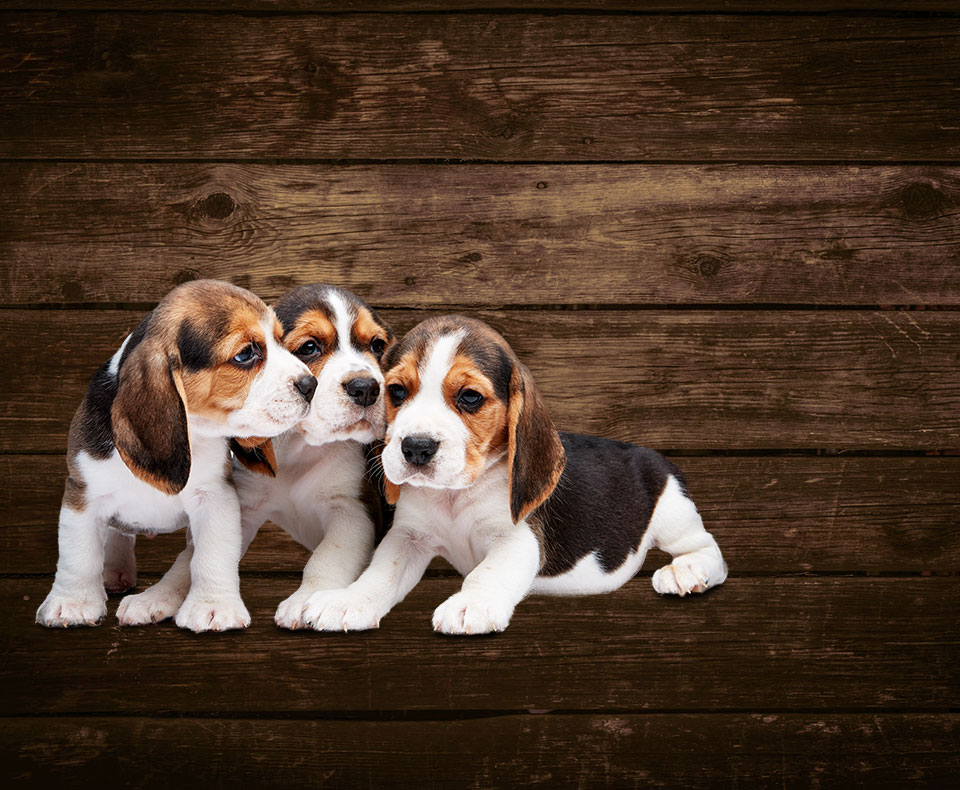

Take your new puppy straight home to a healthy raw diet. Puppies do extremely well on raw food and it’s never too early to start. Perfect for puppies adjusting to a new home and new food.
1 x Turkey and Veg
2 x Puppy Love
1 x Beef Heart and Liver
1x Sunday Supper
1 x Vegetable and fruit disc
Suitable for growing puppies. Always feed a variety of proteins from across our range for balanced nutrition. We recommend rotating through at least 4 meat types plus our Vegetable and Fruit supplement.
Product arrives frozen. Store in the freezer, defrost in the fridge and use within 3 days (safe to partially defrost, portion and refreeze).
Thoroughly defrost before feeding as feeding frozen or semi-frozen food is not advised, especially for puppies. You may need to leave it in a covered container on the bench for a short time to fully defrost.
Use the same safe food handling practices you would for your own food. Wash your hands before and after handling the food.
Start by feeding the Turkey and Veg variety first as this is very mild meat and least likely to cause any transition tummy upset.
Follow this with Puppy Love, leaving the Beef, Heart and Liver pack until last to allow a smooth transition. It is advised to introduce Beef, Heart and Liver slowly, as organ meat is very rich and can cause loose stools. Mix 1:3 with one of the other flavours to gauge your pup’s response. Start adding the Veg and Fruit gradually one teaspoon at a time.
Your puppies poop is the window to how they are tracking and its best to stay on one flavour until the poop is normal before changing flavours.
There is no reason why your puppy shouldn’t come home and start straight onto a raw diet. However it can help some puppies with their adjustment to a new home and diet to feed a small amount of their existing food mixed with the new raw food. Gradually over a week, increase The Butcher’s Dog raw and reduce the dry food.
*Remember there will be less poop out-put on a raw diet as the food doesn’t contain indigestiblefiller ingredients which are excreted as waste.
-
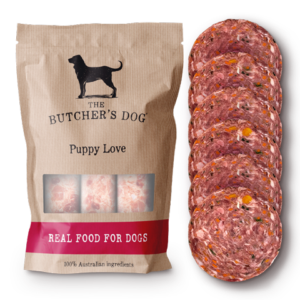
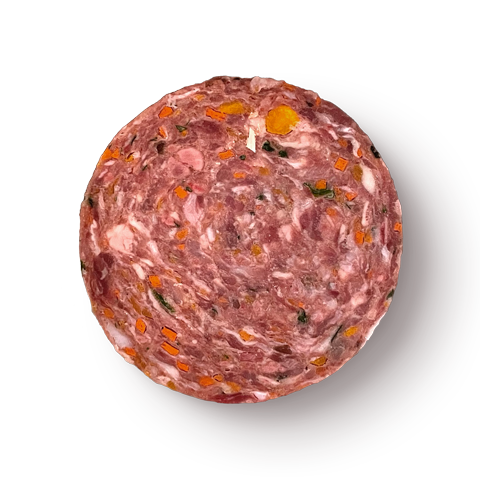
Puppy Love: Beef and Chicken + Vegetables
$32.50 — or subscribe and save 7.5%
Puppy Love: Beef and Chicken + Vegetables
428 in stock
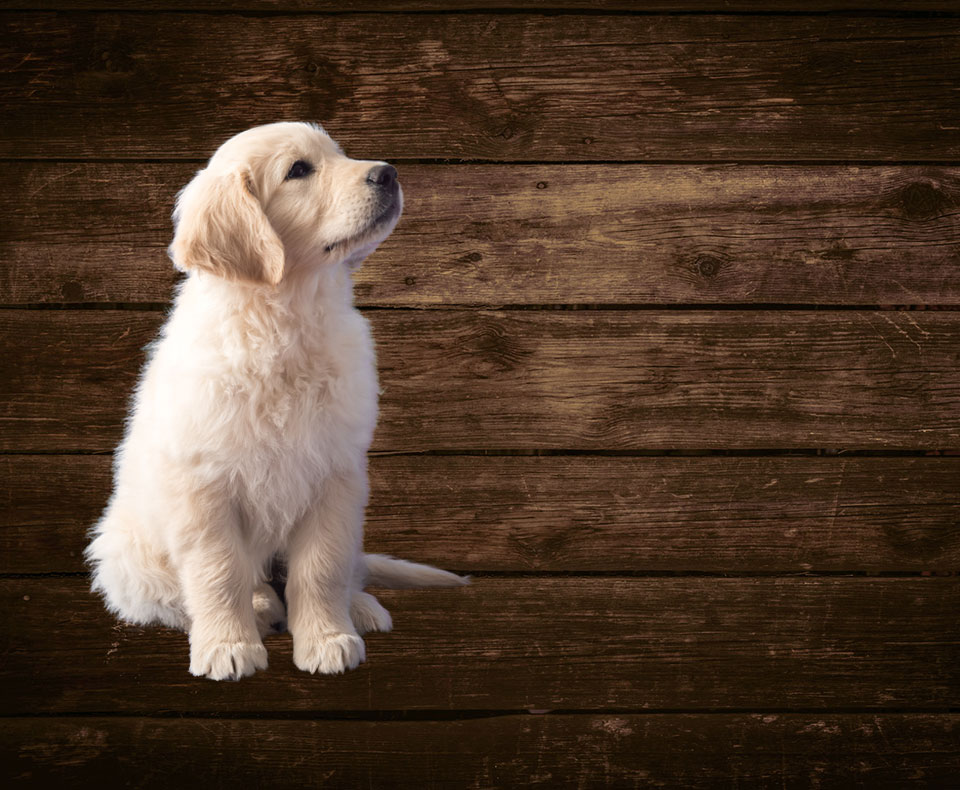

1.55kg | 6 discs
A slightly finer balanced blend of chicken and beef crushed bone and seasonal veggies. This is the perfect food for bringing your puppy home and starting them on a healthy fresh food diet.
A mild flavour with higher calcium and fat content for growing bodies. Contains natural herbs and supplements which are widely used to soothe and promote gut health.
- 50% Australian Chicken Thighs and Drums
- 30% Australian Beef
- 10% Crushed Bone and cartilage
- 10% Vegetables: Kale, Spinach, Butternut and Carrot
- + Free-range eggs, Flaxseed, Kelp, Alfalfa &Nettle Leaf
PROTEIN: 17.6% | FAT: 13.2%. | MOISTURE: 65.3% | FIBRE: 2.2% | ASH (inorganic matter): 1.7%
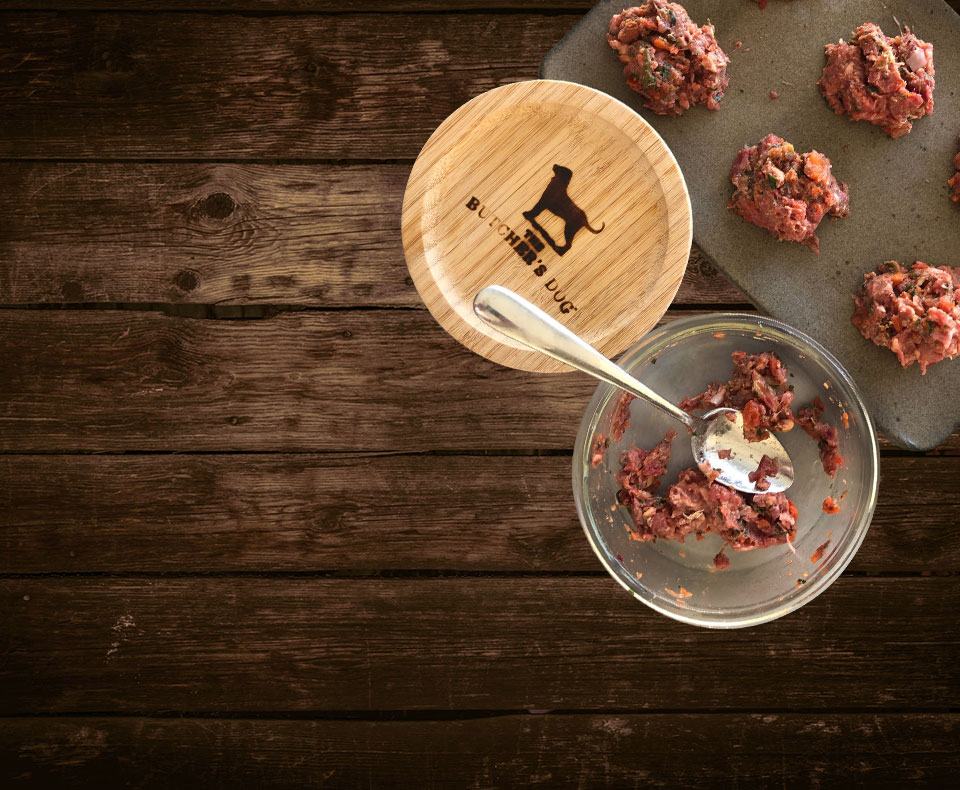

Gut health is all about diet, and feeding raw ensures your puppy maintains its healthy microbiome.
Kibble does not give dogs the nutrition they need, despite what it says on the pack. The latest scientific research shows that kibble fed dogs are more likely to get cancer, and a whole range of other health and allergy issues.
- Reduced allergies (itching is the no.1 reason dogs go to the vet)
- Smaller, less stinky poos (and less farting!)
- A calmer puppy (starchy carbs convert to sugar in the bloodstream)
- Healthy heart & brain function (improved trainability)
- Oral hygiene (teeth cleaning is expensive!)
Raw fed puppies drink less water, making it easier to toilet train.
Remember that if you purchase any puppy product within this guide and you will receive a
